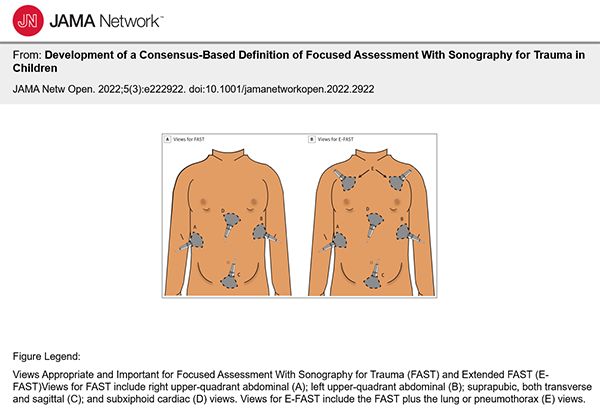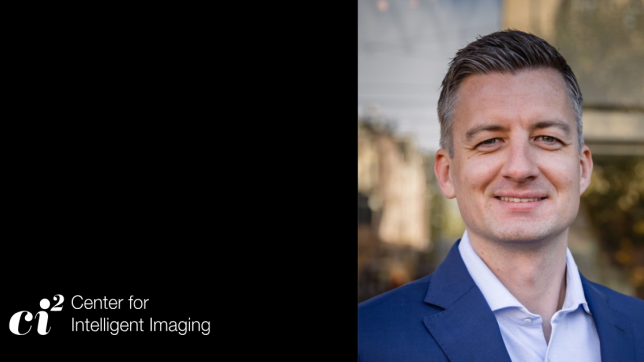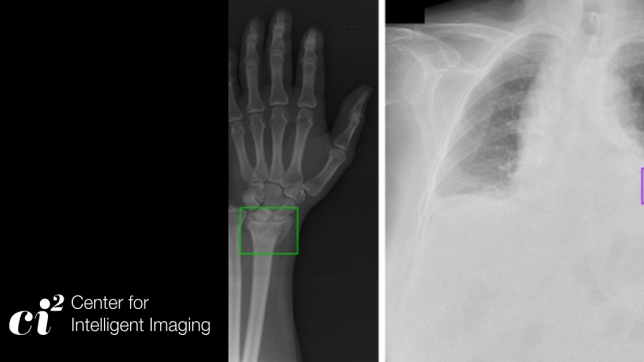
The Focused Assessment with Sonography for Trauma (FAST) is a bedside clinician-performed ultrasonography examination to evaluate injured patients in the first several minutes of arrival to the emergency department. FAST is commonly used for injured adults but is not standardly used in children. Why the inconsistency? FAST is less reliable and has variable accuracy for children. However, literature has shown that experts perform FAST more reliably and accurately than non-experts.
A team of investigators led by Aaron Kornblith, MD, a member of the UCSF Center for Intelligent Imaging (ci2), physician scientist and faculty member in the UCSF Department of Emergency Medicine, sought to develop an expert definition for FAST in children as the first step to improving reliability and accuracy.
"Our international team of pediatric point-of-care ultrasound experts developed a consensus definition for a complete, high-quality, and accurate FAST in injured children," said Dr. Kornblith. "Our definitions were developed using a rigorous methodology that reviewed existing literature and expert consensus. As a result, our definition is novel in that it captures the most critical views, landmarks, and accuracy consideration of experts for FAST in children."

Findings were recently published in JAMA Network Open.
According to Dr. Kornblith, the team of investigators will be using this complete, high-quality, and accurate FAST definition to help non-experts reach expert-level performance. Their expert definition will serve as the reference standard for future computer vision studies.
"This work will build off our previous deep learning work for pediatric FAST, published in the Journal Ultrasound in Medicine," says Dr. Kornblith. "In that study, we developed an accurate deep learning view classifier using a large heterogeneous dataset of clinician-performed pediatric FAST."
This latest work is an essential step to developing a computer vision approach to accurately and reliably identify hemorrhage using FAST for injured children. Future research may focus on interpretation of trace volumes of abdominal free fluid and the use of serial FAST.



